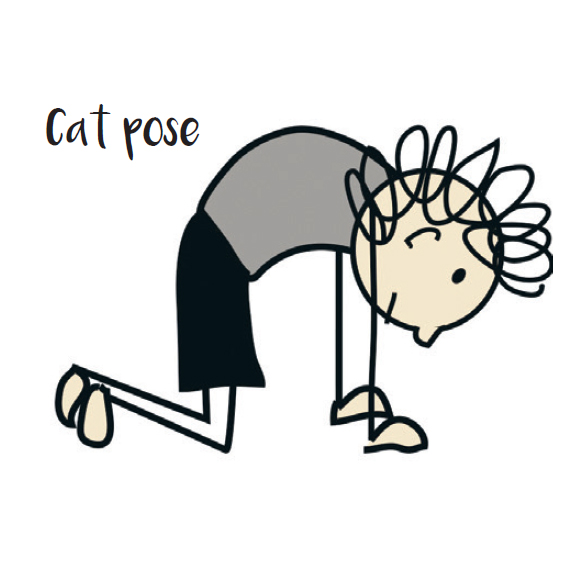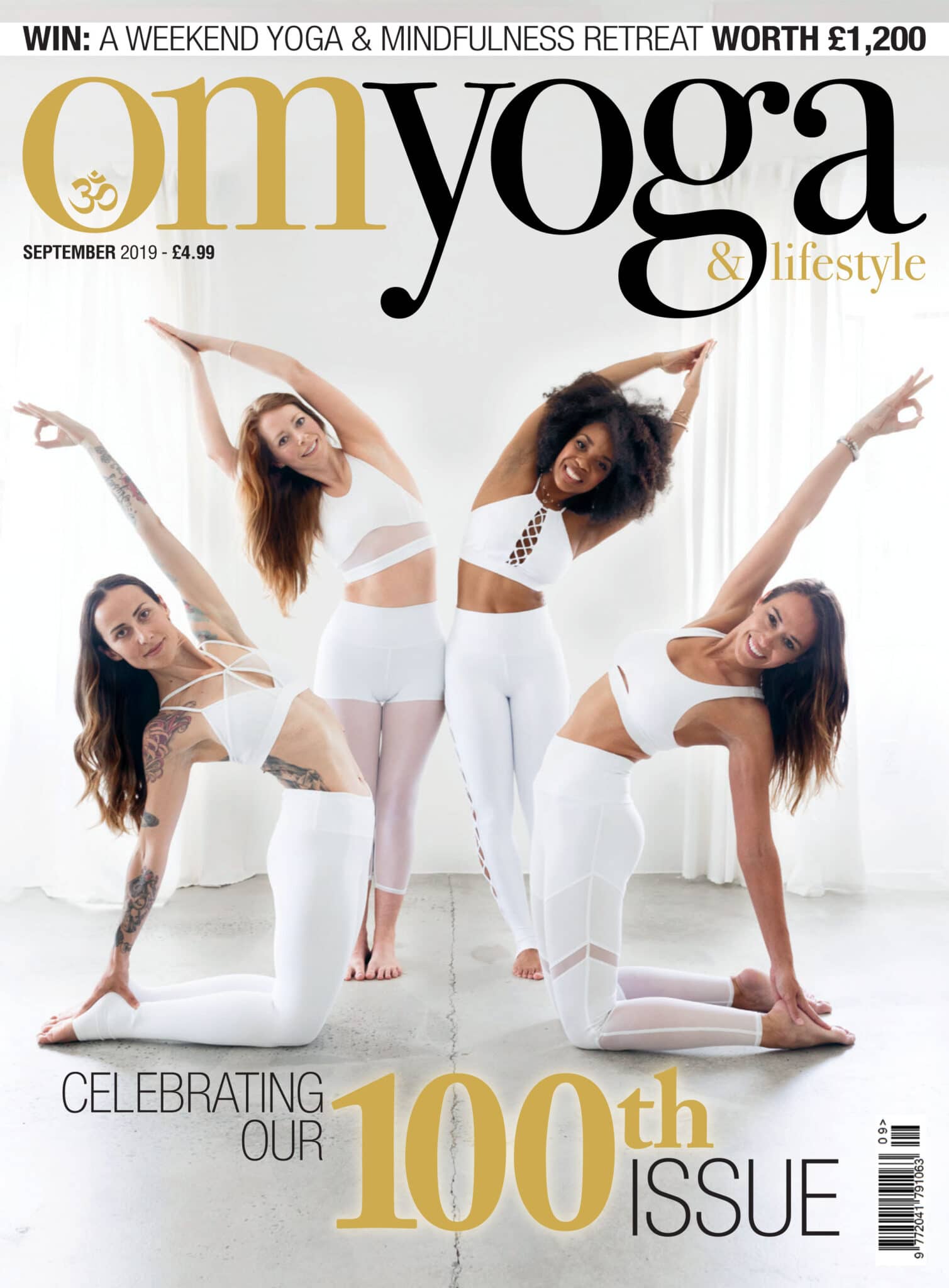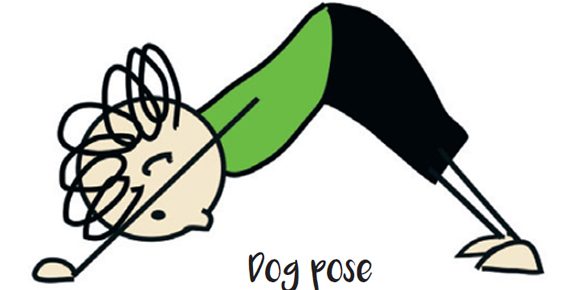
The power of proprioception
What is the proprioceptive sense? Sue Heron explores the power of proprioception and how yoga can help children to achieve a greater level of body awareness, calm and stability
Proprioception tells us about our body position. This sense allows us to ‘know’ (without looking or consciously thinking) where our body parts are in relation to each other and where our whole body is in relation to the environment around us.
Proprioceptive-rich activities (bring on the yoga!)
Receptors for this sense (proprioceptors) are found all over our body, deep within our muscles, joints, ligaments, tendons and connective tissues.
Proprioceptors are stimulated every time we contract, squeeze or stretch a muscle, each time we compress, or put traction on, a joint. ‘Proprioceptive-rich’ activities include those which:
- Compress joints and work muscles hard e.g. jumping, running, hopping, skipping, doing handstands and cartwheels.
- Put tension on joints and stretch or work muscles hard e.g. climbing, stretching, pulling, pushing, carrying heavy objects or lifting weights.
Child-adapted yoga asanas and fun yoga-based activities provide a plentiful supply of proprioceptive input to the brain.
For example:
- Crab, dog, dolphin and snake poses, generally compress joints and demand muscles to ‘work hard’ to lift the body off the mat.
- Sun, starfish or giraffe poses place joints under gentle tension whilst slowly stretching muscles.
- Even quiet little mouse pose compresses joints and encourages children to tightly squeeze their muscles.
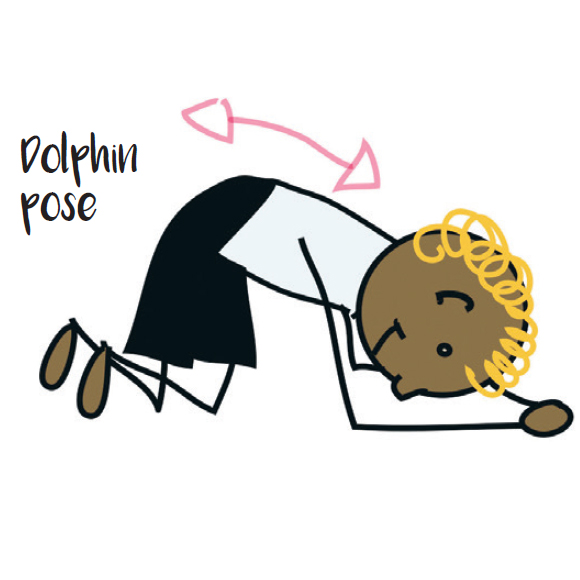
Proprioceptive input and self-regulation
Self-regulation is fundamental in promoting wellbeing across the lifespan.
The recently revised 2019 Ofsted Early Years Inspection Framework emphasises the benefits of self-regulation. For example: children ‘beginning to manage their own feelings and behaviour’, ‘demonstrating their positive attitudes to learning through high levels of curiosity, concentration and enjoyment’ and ‘developing their resilience to setbacks’.
Proprioceptive input supports self-regulation. It can be calming, soothing, organising or alerting, depending on the current state of the nervous system.
For example, if a child is over-excited or anxious, finding it hard to concentrate, proprioceptive activities can help them to feel more grounded, enabling them to focus. If a child is feeling drowsy, finding it hard to wake up and concentrate, proprioceptive activities can help them feel more alert, without being over stimulated.
If children are given chances to do proprioceptive-rich yoga activities (as those listed above) during their day, this will assist them in learning how to manage their own levels of alertness from when they wake up to when they need to sleep.
To wake up in the morning, levels of alertness need to increase. Stretching up in starfish pose, or taking weight through their arms and legs in dog pose, supports a child to raise their alertness to get their body ready for the day.
To prepare for sleep, levels of alertness need to decrease. Taking weight through arms and legs and stretching in sleepy cat pose or squeezing muscles and compressing joints in tiny mouse pose harnesses the power of proprioception to aid sleep.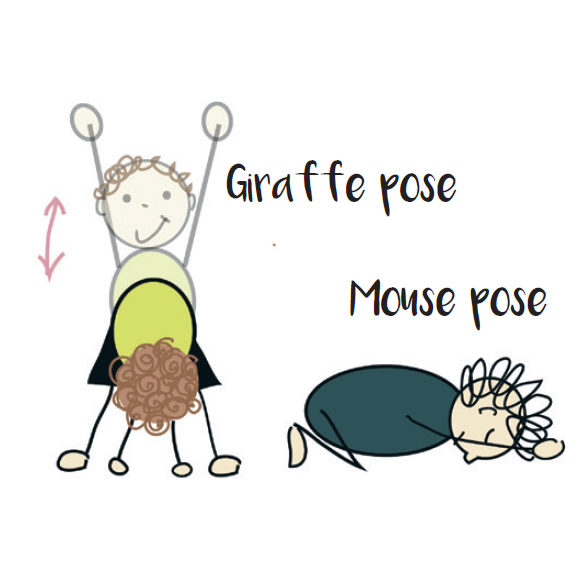
Proprioceptive input and the optimum level of alertness for learning
For optimal learning, levels of alertness should be at a ‘just right level’. We should be ‘calmly alert’, neither over excited nor drowsy; in this state we can focus to truly understand what we are learning.

The Reticular Activating System
Deep in the base of the brain is a complex system of nerve cells called the Reticular Activating System (RAS). This is the only brain structure without which life would be impossible and it plays a major role in the regulation of our alertness levels. Its connections are diffuse and wide-ranging and all of our senses (except smell) follow neural pathways which connect to the RAS.
It enables us to focus our attention, acting as a filter to dampen down the effect of repeated stimuli. For example, as you are reading this, a fly might be buzzing on the other side of the room. Initially the sound distracts you, but after a while, your RAS filters out the noise, allowing you to keep your attention on the article.
Our RAS needs to be neither over- nor under-excited for our body to be at the ‘just right’ level for learning. It keeps us in a ‘calm alert’ state by steadily filtering out unwanted sensory inf ormation. The RAS contributes to regulating our overall level of alertness, including our sleep/wake cycle. In the morning, as our RAS system becomes more excitable, we may become aware of incoming sensory information, such as bird song outside, or our alarm clock. As a result, we raise our levels of alertness.
At night time, our RAS system should be less excitable, all owing us to become less responsive to the world around us. This decreased state of alertness allows us to ‘switch off’ relax and sleep.
Impact of proprioceptive input on the RAS
Light touch, auditory (hearing) and painful sensations follow pathways with close, direct connections to the RAS. As these sensations are often associated with dang er, it is logical that they quickly excite the RA S. To return to the example of the fly; you may have been able to ignore the distant buzzing while your RAS effectively filtered it out. However, if the fly suddenly buzzed loudly in your ear and touched your face, your RAS would be instantly excited. You would become hyper-alert to the fly. Your attention would have moved away from the article.
In contrast, deep touch and proprioceptive inputs seem to follow neural pathways which are not so closely connected with our RAS. Indeed, the processing of these types of sensations, may actually help our RAS to become less excitable. This may explain why proprioceptiverich activities help us to feel more grounded and less anxious. A proprioceptive-rich movement break, wriggling on the floor in snake pose, or creeping sideways in crab pose could be the perfect sensory snack for the brain. 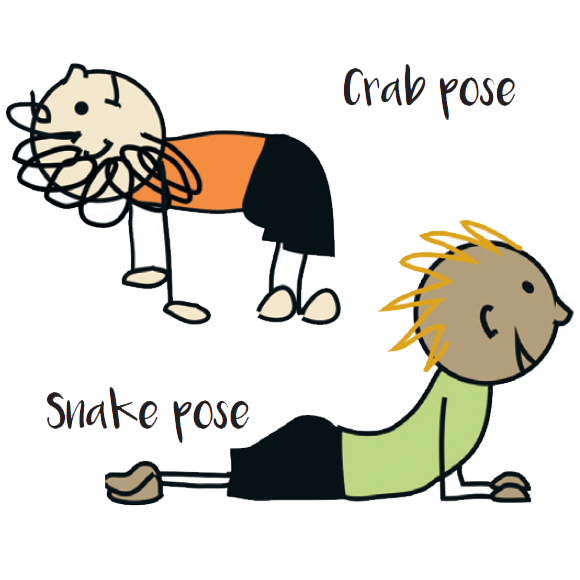
Sue Heron is a paediatric physiotherapist and head of training children inspired by yoga: at Children Inspired by Yoga (childreninspiredbyyoga.com)